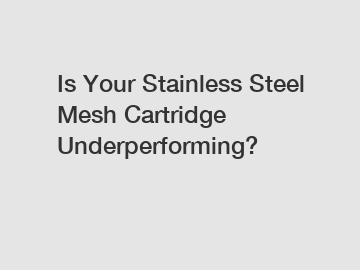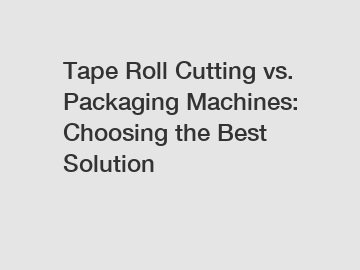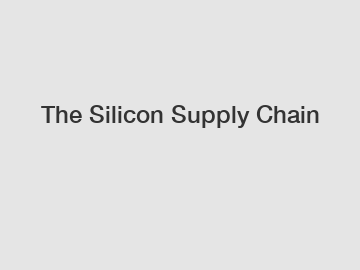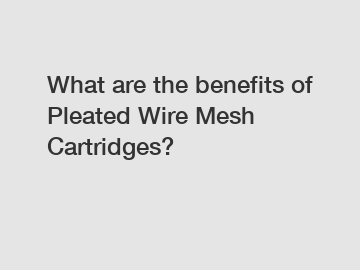How to Select the Best Belt Conveyor Idler for Your Needs?
Aug. 26, 2024
When it comes to optimizing your material handling system, selecting the best belt conveyor idler can significantly impact performance, efficiency, and overall operational costs. An idler may seem like a minor component within the conveyor system, but its role in supporting the conveyor belt is paramount. With numerous options and configurations available on the market, making an informed choice is essential. Here’s a guide to help you navigate the decision-making process effectively.
Understand Your Operational Requirements
The first step in selecting the right idler is to understand your specific operational needs. Consider factors like the type of material being transported, the load capacity, and the environmental conditions. Are you moving heavy aggregates, mining materials, or light packages? Each application demands different specifications for durability and performance.
Additionally, evaluate the location and trajectory of the conveyor system. For example, if your system includes inclines or declines, you’ll need idlers designed to accommodate these challenges. Understanding the operational requirements enables you to tailor your selection to maximize efficiency.
Consider Load and Weight Requirements
Load capacity is another critical factor in choosing the right idler. Each idler is rated for specific weight limits, and exceeding these can lead to premature failure, increased wear, and maintenance issues. Assess the maximum load your conveyor will handle and select idlers that can easily accommodate that weight, with a margin for safety.
When considering weight, don’t just think about the static load. Evaluate dynamic loads as well, especially if your conveyor will be subjected to changes in speed or direction. Ensure the chosen idlers can handle these variations without compromising performance.
Material of Construction
On the other hand, plastic idlers offer resistance to corrosion and can be a cost-effective solution for lighter applications. Evaluate the environment in which the idlers will operate and select a material that not only meets your strength requirements but also withstands environmental impacts such as moisture, temperature variations, and chemical exposure.
Idler Design and Configuration
Idler design plays a crucial role in the overall performance of your conveyor system. There are several common designs, including return idlers, troughing idlers, and impact idlers. Each serves unique purposes:
Recommended article:Are You Struggling with Efficient Cable Laying? Discover Solutions!
What Are the Key Benefits of Sintered Pleated Filters?
Why Choose Glass Curtain Walls for Tiny Homes?
Ultimate Guide to Rubber Foam Thermal Sheets
Submersible Centrifugal Pump: Top 5 Benefits You Need to Know
Are You Aware of the Risks in TA Oil Seal Bulk Orders?
Top Industrial Tape Converting Solutions for Efficient Manufacturing Processes
- Troughing Idlers: Used to support the carrying surface of the belt, providing sidewalls to prevent material from spilling.
- Return Idlers: Support the belt on its return journey, maintaining belt alignment and preventing sagging.
- Impact Idlers: Designed to absorb the impact of heavy loads dropped onto the belt, reducing stress on the belt itself.
Choose the design that aligns with your application needs to ensure optimal performance and prolong the lifespan of both the idler and the conveyor belt.
Maintenance Considerations
Maintenance can significantly impact the total cost of ownership of your conveyor system. Select idlers that allow for easy inspection and maintenance. Features like seals and lubrication systems can reduce wear and increase the life of your idlers. Additionally, consider whether the idlers can be serviced or need to be replaced entirely when wear occurs.
Proactive maintenance practices can mitigate breakdowns and reduce unexpected downtime, resulting in long-term cost savings. Prioritize manufacturers that provide maintenance guidelines and support resources.
Manufacturer Reputation and Support
Choosing a reputable manufacturer can make a difference in both the quality of your idlers and the level of support available for your needs. Research potential suppliers, reading reviews and testimonials to gauge their reputation in the industry. Look for manufacturers that provide detailed product specifications, warranty assistance, and technical support.
A reputable manufacturer should also emphasize quality assurance in their production processes, ensuring that their idler products meet or exceed industry standards. Investing in high-quality idlers from recognized brands can not only enhance your operational efficiency but also reduce long-term risks associated with failures.
Cost vs. Value
While cost is an essential factor, it should never be the sole determinant in your decision-making process. Weigh the value and longevity of idlers against the initial investment. Cheaper options might seem appealing but can lead to increased maintenance and replacement costs over time. Always consider the long-term value of your investment by selecting idlers that offer a balance of quality and affordability.
In summary, the selection of the best belt conveyor idler involves a detailed assessment of operational requirements, load capacities, materials, design configurations, maintenance needs, manufacturer reputation, and cost considerations. By following these guidelines, you’ll be better equipped to make an informed decision that optimizes your conveyor system, ensuring smooth operation and reducing unnecessary costs over time. With high-quality idlers in place, you can enhance efficiency and drive productivity in your operations.
For more information, please visit Belt Conveyor Idler for sale, Conveyor Belt Parts, side wing rollers supplier.
Recommended article:Sintered Wire Mesh Cartridge Trends for 2024
How to Choose a Stainless Steel Pipeline Pump?
How Can Core Cutting Machines Improve BOPP Tape Efficiency?
Top Oil Filter Element for Compressor Air in 2024
What is the common problem with diaphragm pumps?
So you want to make a kite !
How does HIPS Eggcrate Grille enhance airflow and aesthetics?
111
0
0
Related Articles










Comments
All Comments (0)